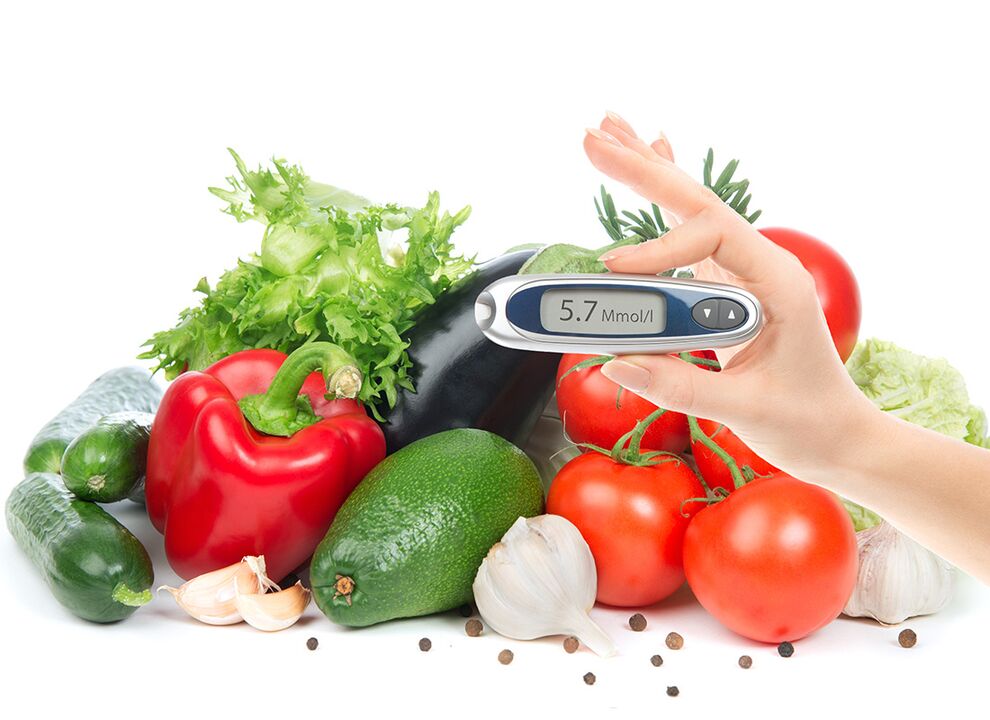
Diabetes mellitus is a disease that worries a person throughout his life, due to a complete or partial deficiency of the pancreatic hormone insulin. Insulin is a carrier of glucose to the cells of our body to enrich the blood with nutrients and saturate the cells with energy.
Many people underestimate the importance of following a diabetic diet. The disease is essentially the result of poor nutrition and subsequent metabolic disorders. It has been scientifically proven that it is foolish to deny that a diabetic diet is one of the right ways to fight the disease.
Hyperglycemia is a major pathogenetic stage in the development of diabetes mellitus, and it is worth following a diet to prevent it. The basis of the diet for diabetes mellitus is an increase in protein intake, a decrease in carbohydrates in the daily diet, as well as fats, which are easily converted into carbohydrate components and their components, which complicates and aggravates the disease. It has been found that by following simple and clear dietary rules, you can restore your metabolism and blood glucose levels to normal.
How to eat with diabetes
For a diabetic, the question is always important - what dietary therapy is needed for diabetes mellitus and how effective it can be. The main foods should be dairy products, vegetables and fruits. You need enough meat intake. It is important to prevent the breakdown of protein in the body and to control the storage of glycogen in our body, which is a natural production of the energy component of matter. This is directly related to the daily intake of foods high in protein, as well as micronutrients, vitamins and minerals that saturate our body.
The importance of eating beans for diabetes
Beans are one of the richest sources of protein and amino acids. An outstanding variety is white beans. It contains a large accumulation of essential and essential amino acids that are not synthesized in our body and must be provided with food sources, such as valine, tryptophan, leucine, methionine, lysine, histidine, phenylalanine, threonine. The product contains vitamins C, B, PP, potassium, zinc, iron and phosphorus.
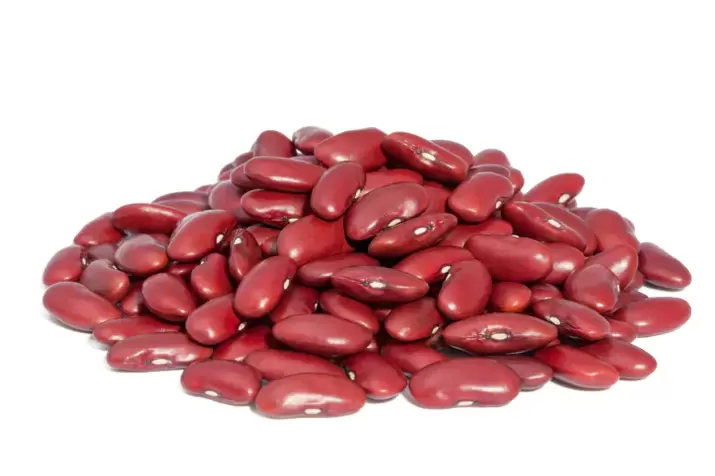
Red beans are a legitimate food for diabetics and are rich in minerals and vitamins.
Beans contribute to the formation of gas in the intestines, which is a factor that limits the use of large amounts. However, if enzyme preparations are used with beans, such an undesirable property can be prevented.
Cereals for diabetes mellitus
It should be noted that one of the important points in the diet is the use of buckwheat porridge. The uniqueness of this grain is that it does not affect the metabolism of carbohydrates in the body and keeps glucose levels stable without impulsive rises compared to other foods.
In addition to buckwheat, you should include oatmeal, wheat porridge, pearl barley and corn in your diet, it will be a proper breakfast for diabetics. Cereals are enriched with various vitamins and minerals necessary for the stable and proper functioning of our body and are also easily digested. An important factor is that the grains listed above are an excellent source of adenosine triphosphate (ATP) to energize muscle cells.
Edible fruits for diabetes mellitus
Fruits are the main source of vitamins, minerals and fiber necessary for the normal functioning of the human body. The concentration of these foods in this food group is several times higher than other food sources. An important feature is the almost complete absence of glucose and the predominance of fructose and sucrose.
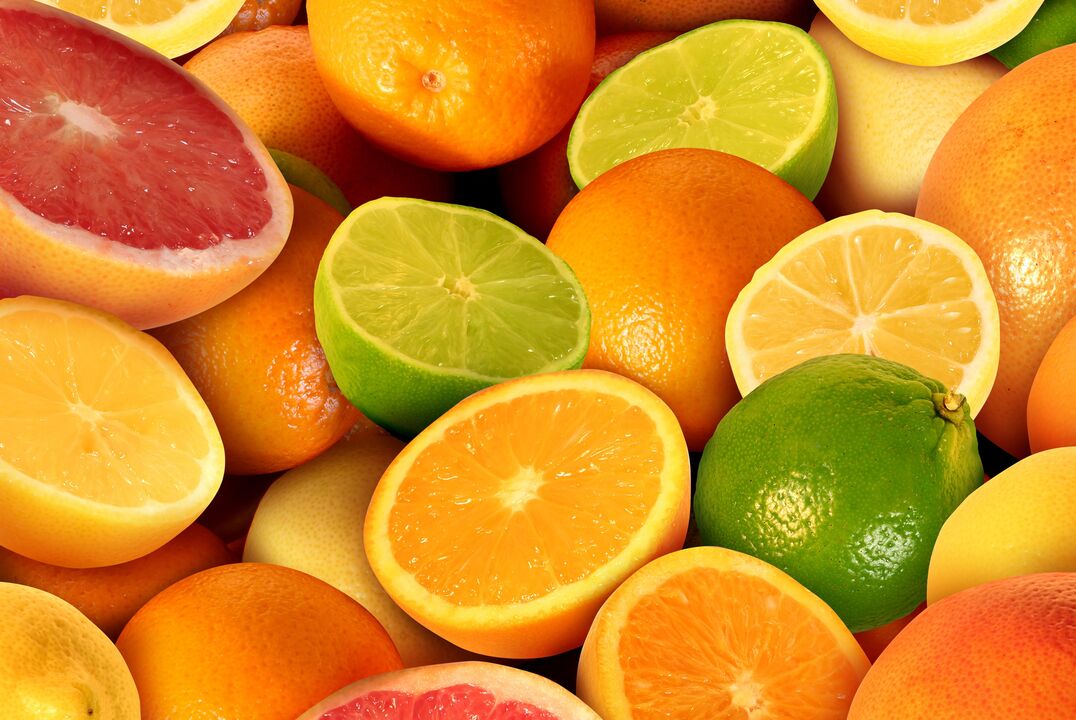
Citrus fruits are the most useful fruits for diabetics with low glycemic index.
Let's take a look at what fruits and berries should be in the diet for diabetes.
Fruits:
- grenades;
- Orange;
- dried fruits (plums, prunes, dried apples);
- pear;
- tangerine;
- grapefruit;
- nectarines;
- lemon;
- apricot;
- alma.
From the berries:
- all kinds of currants;
- corn;
- Blackberry;
- cherries;
- Blueberries.
Melons and watermelons should be consumed in moderation and in limited quantities, because these foods contain more carbohydrates.
Everyone with diabetes should pay more attention to fruits such as grapefruit, lemon and tangerine for a number of reasons:
- rich in vitamin C. It is not difficult to assess the importance of vitamin C for the human body. It has been scientifically proven that strengthening the walls of blood vessels is also important for the functioning of enzyme systems;
- One of the best qualities of citrus fruits is their low glycemic index. This is explained by the fact that the effect of carbohydrate components in these fruits has very little effect on blood glucose levels;
- It has strong antioxidant abilities that prevent the development of complications of diabetes by stopping the negative effects of hyperglycemia on the cells of our body.

Fresh juice. Diabetic diet is not a reason not to entertain yourself!
A brief note on citrus juices. Try to avoid buying juices in regular stores, even natural juices, because they contain carbohydrate components and sugar, which can lead to an increase in blood glucose levels. The best option would be to buy fresh fruit and make the juice from a really natural product.
What not to take with diabetes mellitus?
Every diabetic should know what not to eat with diabetes mellitus. If you consume all foods without exception, without prior knowledge of their glycemic index, it can lead to the progressive development of hyperglycemia with subsequent hyperglycemic coma.
The diabetic diet should not contain prohibited foods.
Flour and bakery products:
- white bread, especially fresh baked goods;
- Any rich product;
- Sweet dough.
Meat and seafood:
- smoked products;
- rich meat broths;
- Meat of some birds (duck, goose);
- fatty pork and beef;
- Oily fish.

With diabetes, fatty and spicy meat products will have to be abandoned in favor of dietary meat (in limited quantities).
Prohibited fruits and dried fruits in diabetes:
- banana;
- grapes;
- Dates;
- FIG;
- Strawberry;
- Raisins.
Dairy products:
- greasy sour cream;
- Whole milk;
- high-fat kefir and yogurt;
- Butter (especially homemade).
Vegetable dishes:
- potato;
- pea;
- Any pickled vegetables.
Other foods:
- sugar;
- candy;
- Greasy biscuits;
- Fruit juices (store);
- Any food in fast food establishments.
About the harms and benefits of eating dates, coffee and honey for people with diabetes
It is no exaggeration to say that almost everyone loves these products, and it is difficult to give up these little joys of life due to diabetes. Therefore, whether you can use them in your diet or not, we will analyze them separately.
bal
As they say, how many people, so many ideas. Numerous articles have been published in magazines and various health blogs on the use of honey by diabetics. Logically, honey contains a high amount of fructose, which is not able to significantly change the level of glucose in a person's blood. However, we cannot ignore the fact that we need insulin for the assimilation and metabolism of fructose, for example, in type 2 diabetes it will not be able to fully fulfill its purpose. In this case, the consumption of honey will increase glycemia in people with diabetes, which in turn will not harm a healthy person.
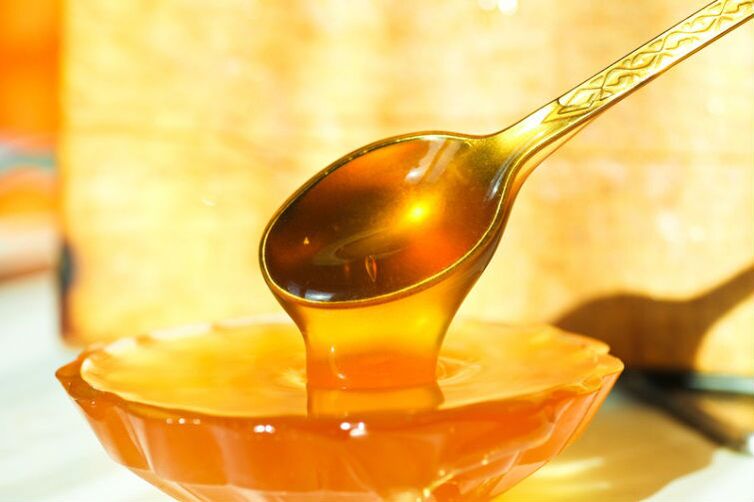
Can honey be used for diabetes or not? There are constant debates, but it is unanimously agreed that 1 tablespoon will not hurt the hungry, but will be useful.
Based on these facts, conclusions can be drawn for diabetics:
- As a useful substance for the body, honey should be in the diet.
- Do not consume more than two tablespoons a day.
- For the greatest effect, it is better to eat a spoonful of honey on an empty stomach and drink it with a glass of water. This is due to the conversion of honey into glycogen, and working during the day will serve as the beginning of energy production and synthesis of nutrients in the body. Often a small portion of this product is still included in various dietary reminders for diabetes.
Dates
A very controversial product to include in the diet for diabetes. They contain a lot of calories and fast carbohydrates, but they also contain a lot of potassium and vitamin A, which is a prejudice for diabetic complications.
Based on these facts, it is recommended:
- It is strictly forbidden to use dates for diabetics with severe forms of the disease.
- With mild forms of diabetes, adjusted to diet and hypoglycemic drugs, small amounts are allowed, provided that the daily intake does not exceed 100 grams.

Diabetics are advised to refrain from coffee.
Coffee
People with severe diabetes are advised to stay away from this product, regardless of the concentration of coffee. With moderate forms of the disease, small amounts of weak coffee are allowed.
Although it has virtually no effect on carbohydrate metabolism, coffee activates the vasomotor center and relaxes the walls of blood vessels. As a result, the vessels of the skeletal, heart and kidney muscles dilate, and the activity of the cerebral arteries increases. Therefore, the diet for diabetics excludes coffee.
Hazelnuts and their useful properties
Hazelnuts, without exaggeration, are simply a "hot nest" of useful properties and nutrients necessary for our body. These include vitamin D-3, K, Ca, fiber and many unsaturated fatty acids. Nuts play an important role in the fight against diabetes, have a direct effect on carbohydrate metabolism, reduce glycemia. In addition, the use of nuts helps to repair damaged cells of internal organs, stops the development of complications of diabetes. Thus, the inclusion of this product in the diet of a person with diabetes is vital.
Let's look at the effect of different types of nuts on sugar reduction.
walnut
We all know from childhood that this type of nut is food for the brain. Walnuts should be included in the diet for diabetes, it is one of the most important foods, because the brain does not have enough energy compounds due to insufficient glucose uptake.
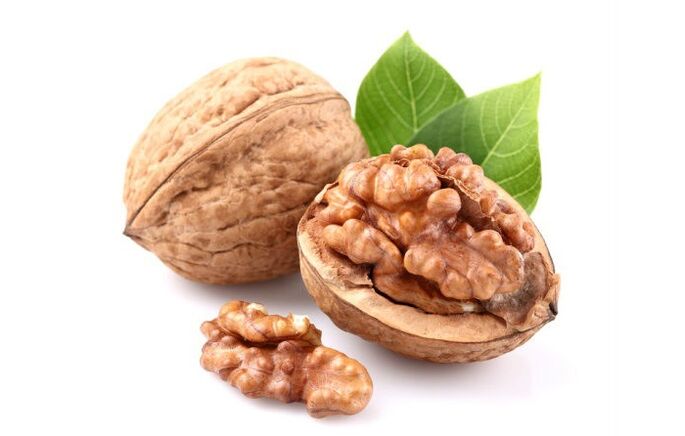
Nuts, which are rich in nutrients, should be in the diet of diabetics.
Walnuts are rich in manganese, alpha-linolenic acid and zinc. These trace elements have a direct effect on lowering blood sugar levels. It also contains essential fatty acids, which prevent the development of angiopathy of internal organs and the defeat of atherosclerosis of the lower extremities. An important role is played by the fact that walnuts contain virtually no carbohydrates, which is a simple answer to all questions about the role of walnuts. It can be eaten as a separate meal or dietary supplement with diabetes.
peanuts
It is a diet product especially rich in amino acids and is of plant origin, so it can not be replaced by any protein of animal origin. Therefore, peanuts should be included in breakfast, lunch or dinner every day. The protein in peanuts is rapidly absorbed and broken down in the body's metabolism, creating high-density glycoproteins in the liver to reduce sugar. It "expels" cholesterol from the blood vessels and breaks it down.
Almond nuts
They contain the most calcium. Almonds are highly recommended for the development of diabetic osteoarthropathy, which affects the bones and joints. Eating 10-13 almonds a day will provide the body with the necessary trace elements and have a positive effect on carbohydrate metabolism. Adults should have almonds in their diet for diabetes.
Pine nuts
First of all, pine nuts are delicious. In addition, they contain large amounts of K, Ca, vitamins B and D, ascorbic acid, phosphorus and magnesium, if the goal is to eat properly. Peanuts are used to prevent microangiopathy, inflammatory processes in the legs and ARVI in people with diabetic foot syndrome.
What you need to know about glycemic index
The glycemic index is a measure of the effect of food intake on blood sugar levels. Each product has its own glycemic index. If it is low (10-40 units), then the blood sugar level will rise slowly, if the index is high (more than 70 units), then quickly. In this regard, everyone suffering from diabetes simply has to know the glycemic index of what they eat.
If you are unsure, we strongly recommend that you do not take the risk, even if the disease is in its early stages. Because all foods with a high index should be stopped. Medium-index products (if they are not on the banned list), it is enough to limit their use.
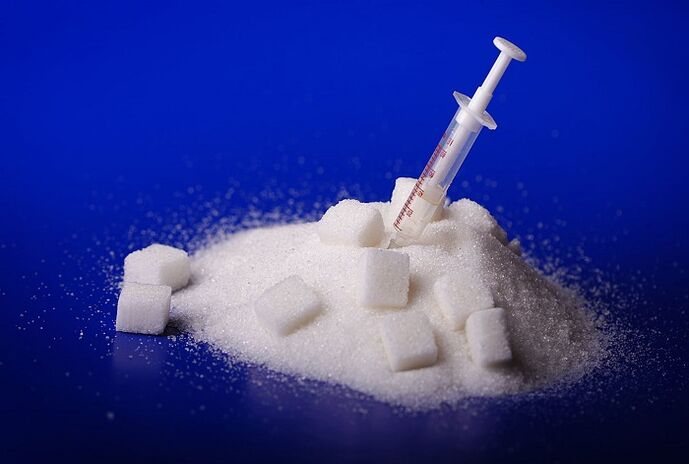
Diabetes is a major concern for the patient, but by following a proper diet and constantly monitoring your blood sugar levels, you can lead a full lifestyle.
The article provides basic recommendations for good nutrition in diabetes. Which diet is right for you? A qualified professional who knows the individual characteristics of your body will understand. He will prepare a diet that lowers sugar levels, and following it will help in the fight against an insidious disease.
Eat right with diabetes, paying attention to all the important aspects, adjusting the glycemic index of foods.
Bless you!






























